Tree Care Seasonal Tips from Our Arborist
Are Your Trees in Trouble?
Declining trees often reveal their illness by way of visible symptoms. Leaves changing color too early, branches that are bare at the tips, and obvious deadwood are just a few indications that a tree is struggling. A homeowner can often determine that a tree maintenance consultation is needed. For example, trees of the same species usually change color and drop their leaves around the same time. If a homeowner has three birch trees in his or her yard and one begins to significantly change in color before the others, the homeowner can deduct that the tree most likely has some health issues and schedule a free consultation.
Warning Signs of Tree Problems:
1. Die-back (branches that are bare at the tips/ ends) or deadwood
2. Decay (often evident by sight, touch, and visible fungus/ mushrooms)
3. Early leaf drop or color change
4. Peeling bark
5. Leaf discoloration/ wilting
Visible signs of insect infestation (eaten leaves, bore holes, actual insects). Please Call 704-366-1134 or SCHEDULE AN APPOINTMENT on-line with an AAA TREE EXPERTS Arborist. We will do a complete inspection to determine if a course of action is required. A consultation with our arborist is FREE OF CHARGE.
Reliable Seasonal Tips to Fall Pests and Plant Healthcare
Spring Cankerworms in Charlotte
Spring Cankerworm caterpillars are a huge problem in Charlotte. Repeated defoliation weakens even the most spectacular trees (not only the ones stressed from drought or transplantation), causing them to use their energy to create a new set of leaves, reducing the tree’s defense against disease. A few seasons of defoliation can cause branch die-back and result in the death of the tree.
At the first sign of Cankerworms on your trees, call AAA Tree Experts for a special spray application that doesn’t harm pollinators or beneficial insects. To be very effective, spraying must be done when the trees are fully leaved and the larvae of Cankerworms are only about half grown. For effective suppression of infestation, trees should be treated by an arborist that has the equipment necessary to reach all the limbs of the tree. Fortunately, the spring Cankerworm caterpillars produce only one generation every year, so ongoing spray treatments are not needed.
An open letter to the Cankerworms of Charlotte.
Picture from USDA Forest Service – Ogden Archive, USDA Forest Service, Bugwood.org
Prepare Your Trees for Spring
Start by inspecting your trees for damage after a recent ice or snow storm. Trees may show new damage or worsening of old damage after heavy snow and ice. Look for holes in the trunk, cankers, cracks, numerous dead or weak branches, and especially for insect infestation and diseases. If you notice any of the aforementioned damage – call our arborist today. We will inspect your trees, remove all weak and diseased limbs and branches, and perform pruning and fertilization to boost your trees’ health and strength. We can thin overgrown shrubs in order to let some light into the middle of the plant. Your trees and shrubs are dormant right now, but the late dormant season is actually the best for pruning for some species; the wounds from pruning are left uncovered for only a short time before new growth in the spring begins the sealing process of the wound.
Tree De-mossing
Moss can make trees less attractive, weaken and add weight to branches, and choke off new twig growth. De-mossing is the process of climbing trees and physically removing moss, and should only be done by a certified arborist to avoid hurting your trees and to save foliage that may be lost if not performed properly. We have the right tools and equipment to reach all branches of the tree to remove Ball or Spanish moss. We offer a FREE CONSULTATION to determine the best method of de-mossing (hand removal or chemical spraying) for your particular situation. The chemical spray we use is safe, will not harm your trees, and may even provide additional benefits to your trees.
Photo of a close-up of Spanish moss was taken by Jud McCranie
Photo of Ball moss was taken by Kohlnf.
How to Protect Your Trees from Salt this Winter
What will snow removal/de-icing practices be doing to your trees? As we all know, sodium chloride (salt) is helpful in providing dry, safe pavement for high-speed traffic, but is not good for a tree’s health. Signs of “salt distress” in your trees after the snow melts are reduction in leaf, flower, and fruit size, premature fall coloration and defoliation, stunting, and a general decline in the health of your tree.
How do you minimize or possibly eliminate salt damage? Reduce sodium by adding organic matter, activated charcoal, or gypsum. Build a physical barrier between the pavement and the plants. Provide adequate irrigation, and mulching to reduce water loss. Prune and fertilize to correct nutrient deficiencies. Water your tree to reduce the amount of salt in its system. In high-salt locations, you can also rinse the salt out of your trees and out of your soil.
Fall Deep Root Fertilization
Amend the soil where your tree and shrub roots exist this fall. We often mistakenly think of fertilization as something that should only be applied during the active growing season when in reality roots are currently taking up nutrients that will help them to resist disease and maintain vigor. Excess nutrients are stored and immediately available in the spring which is highly valuable to the tree and reduces the chances of stress which in time can lead to decline, failure, and death.
AAA Tree Experts uses a combination of worm castings (extremely nutrient rich) as well as a Sea Kelp fertilizer. We don’t bombard your trees and shrubs with excessive amounts of nitrogen which can be more harmful than helpful.
Charlotte seems to be the land of the overgrown willow oaks.These are a faster growing oak that often has poor attachment points and we frequently see willow oak branches or whole trees fail.
Cambistat is a plant growth regulator that can increase the chance of coexisting with your mature tree for an extended period of time. It can also lessen the frequency of needed pruning, which is kind of a bummer for our climbers, but good for your pocket book.
Proper Mulching
Unreasonable use of mulch usually leads to long-term problems for your trees. When too much mulch is piled up against the tree trunk, so that it looks like a “volcano”. is highly destructive to any tree (especially young ones). Excess moisture/vapors will build up on the trunk, making it open to mold/mildew/fungus to damage the trunk and start decay, stunting the growth of the tree, blocking off nutrient/gases/oxygen flow, and eventually killing your tree.
Why mulch? Mulch keeps roots warm in the winter and cool in the summer, controls soil erosion, reduces evaporation (conserving soil moisture), reduces the nutrient loss due to other plants/grass around your trees, provides weed control and an environment for beneficial organisms/microorganisms/insects to supply healthier soil, eliminates stress in shallow-rooted plants, is aesthetically pleasing, and can also be used to create a no-mow zone.
Summer: Mulch will help to provide even moisture and cooler soil for the plant’s roots.
Winter: Mulch will help to provide warmth and protect the plant and its roots from freezing.
How to properly mulch a tree: Find the root flare of the tree (the place where the trunk begins to flare out before it connects with the ground). Pull grass/floral plants/perennial weeds from the area around the roots. You can begin placing mulch where the roots come down into the soil, away from the root flare. Two to four inches of mulch is all you need. If you put down a thicker layer of mulch, you will risk reducing oxygen to the tree’s roots. Don’t try to add more mulch every year, all you need is to rake the area and redistribute the mulch around the roots.
You will have much healthier plants and trees, better vegetable production, juicier fruits, a lower water bill, and less weeding. Plus, it’s inexpensive, and there are lots of sources of mulch no matter where you live.
Trees Stressed Out From Summer Heat & Drought?
Heat and drought stresses trees, making them weak and leaving them powerless to fight off even the most amiable pests and benign diseases. Trees become fragile and break easily, specially in autumn storms. Cooler autumn temperatures are around the corner, so it’s a great time to help your trees relax from the summer heat and drought.
Water right. You will need 10 gallons of water per inch of the tree’s trunk diameter (for each watering) 2 to 3 times per month. A garden hose (at medium water pressure) will deliver about 10 gallons of water approximately every 5-6 min. Water restrictions often allow for drip irrigation, which will take longer, but is an efficient way to water trees.
Liquid compost extract. Autumn is a good time to apply liquid compost as a foliar spray for quick relief to stressed trees. You can also apply a soil drench around the roots to stimulate beneficial microbes in the soil.
Deep root zone feeding. High-pressure injections of an organically-based, slow-release fertilizer below the soil surface for long-term nourishment.
Prune and trim. Autumn is the best time to prune/trim off dead, brittle, weak limbs, or even completely remove damaged trees that pose a risk of falling. Proper pruning and trimming will greatly reduce the risk of damage to your trees as the storm season approaches.
Soil Aeration and Root Flare Exposure After the Rain
There is potential danger for your trees’ or plants’ roots to suffocate from over saturated soil after rain. You need to reintroduce oxygen to your plants root zone. Soil Aeration (perforation of the soil with small holes to allow air, water, and nutrients to penetrate the roots) is essential for maximum plant growth. Dense, compacted, heavy soils tend to negatively impact oxygen flow, blocking vital nutrients from efficiently reaching your plants’/trees’ roots. They may develop numerous diseases, introduce toxins in your soil, hinder plant growth, in most cases leading to the death of the plant.
We can perform root flare exposure (excavation): we remove soil from the area around the trunk to check for deterioration and decay of the trunk tissue, girdling (or ring barking – complete detachment of a strip of bark from around the entire tree circumference), choking roots, or excessive soil accumulation. We use a high-pressure air spade in order not to damage any roots during the flare exposure process. Care will be taken by our tree experts not to inflict further damage to your tree/plant.
Are you Noticing Dark Spots on the Leaves of Your Oak Trees?
Tubakia (Actinopelte) Leaf Spot is a late-season (August, September) infectious leaf disease of oak trees. The initial symptoms of Tubakia leaf spot are dark brown or reddish-brown spots on leaves. Spots can appear on leaf veins, which can lead to the death of the veins and collapse of leaf tissue, resulting in the early defoliation of oaks. These are not to be confused with the symptoms of oak anthracnose, which develops earlier in the season (May, June). But don’t worry, in most cases Tubakia Leaf Spot leaves the tree looking rugged, but will not kill the tree. Please DO NOT attempt to use fungicide sprays to try and combat Tubakia leaf spot. You can reduce the number of spores that cause this disease by removing and disposing of fallen, infected leaves (via burying, burning or composting) and watering and fertilizing trees appropriately.
Twig Girdler – Warning About this Pest
The Twig Girdler is a beetle (gray to brown colored longhorned beetle with a gray stripe across the wing) that usually emerges from late August to early October. Small populations aren’t cause for big concern, but left untreated, these beetles can multiply into a full infestation and cause serious damage. Twig Girdler beetles girdle (cut away) twigs and small branches causing the injured portions to break away or hang loosely on the tree. The ground under infested trees is usually covered with twigs. As a result of this beetle infestation, nut/fruit trees often end up with lower yields for years. What do you do? Natural control is usually the best. Severed twigs on the ground and those lodged in trees should be gathered and destroyed during the fall (when the females are laying eggs), winter, and spring when the eggs and grubs are still in the twigs. This way infestation can be greatly reduced in one or, in moderate cases, in two seasons. If debris infected with pests or disease is not disposed of, it can infect your trees again, or spread to surrounding trees. Twig Girdlers can be treated with systemic products that are consumed when the insect feeds on the tree. However, females don’t feed on the tree tissue, and can be very difficult to control.
If you notice small tips of branches on your trees suddenly turning brown and breaking away, call us. Our certified arborists can recommend a plan for reducing the twig girdler population and further damage to your trees.
Have a Leaning Tree?
Leaning trees should always be a cause of concern in the landscape of your property and need immediate assessment by a certified arborist experienced to determine the root system’s structural integrity. Most trees that are leaning have limbs that are uneven or too many growing on one side of the tree. Poor tree planting, planting trees in a windy corridors, root structure damage, and construction or soil heaving are causes of a leaning tree. Sometimes, natural disasters (hurricanes, ice storms, tornados) can cause tree leaning. We can straighten young leaning trees by digging up part of the root, making sure to limit any root damage, then replanting it at the correct angle. Then we stabilize it using a special brace. When your tree is stabilized, we will add the right amount of mulch, root stimulator and thoroughly water it. We also have methods for correcting large leaning trees. We can temporarily support a tree until its root system is established enough to support it alone. Evaluation by a professional arborist is the best way to deal with a leaning tree situation. We can perform a tree removal if the situation warrants it.
Watering Your Trees With Rainwater
Rainwater is best when it comes to watering your trees for a number of reasons. Rainwater is:
- Free of salts (sodium), minerals, harmful chemicals (chlorine/fluoride), water softeners and pollutants usually found in municipal treated water.
- Contains traces of organic material (good as fertilizer for your trees).
- Keeps your soil pH in balance.
- Conserves freshwater, reduces water pollution, lowers your water bill.
- The natural temperature of rainwater doesn’t shock your tree’s roots.
The easiest method of collecting rainwater for irrigation is taking it from building gutters or downspout diverters and storing it in a clean outdoor tank, rain barrel or cistern. Containers should stand covered in a shaded place. Warning: using harvested rainwater for drinking requires several levels of filtration and chemicals for disinfection.

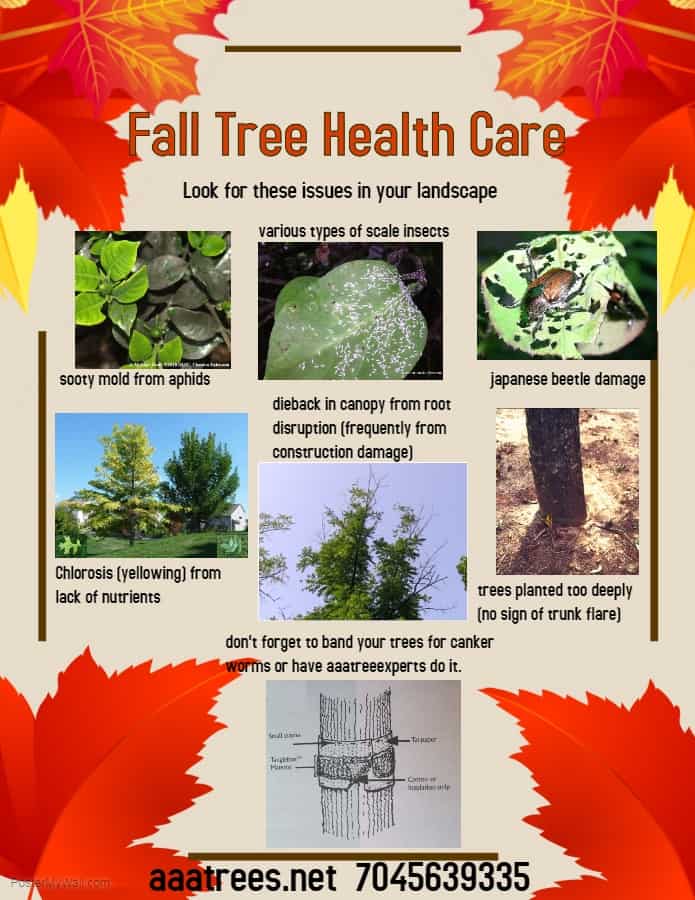
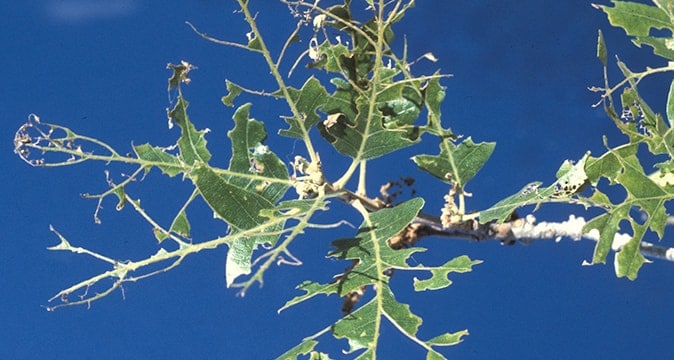



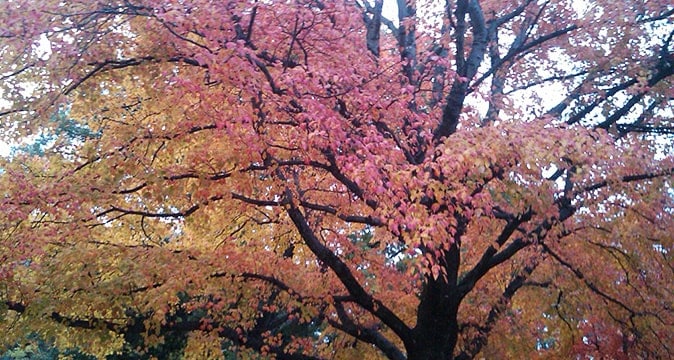
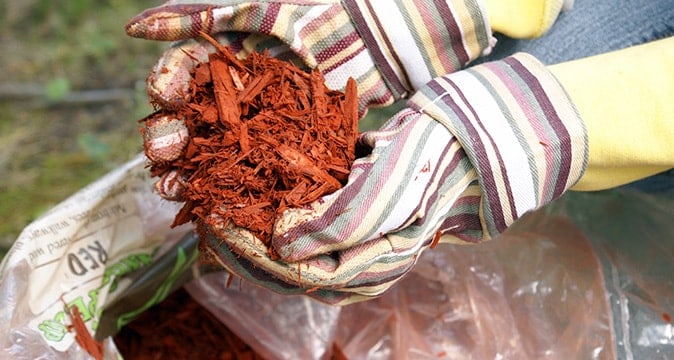

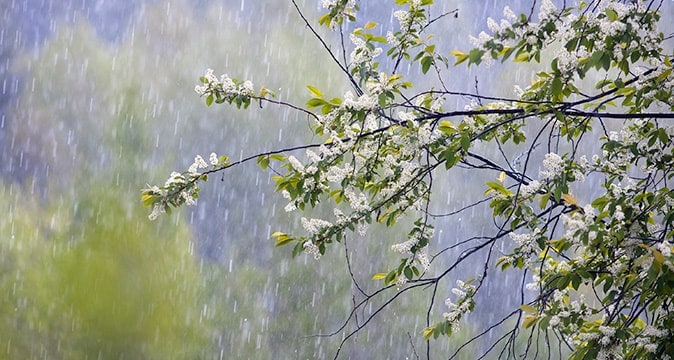
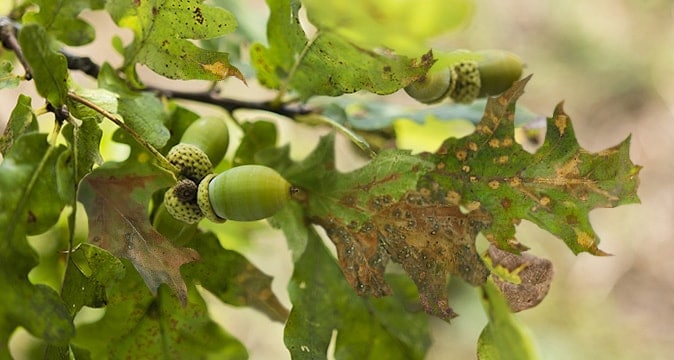
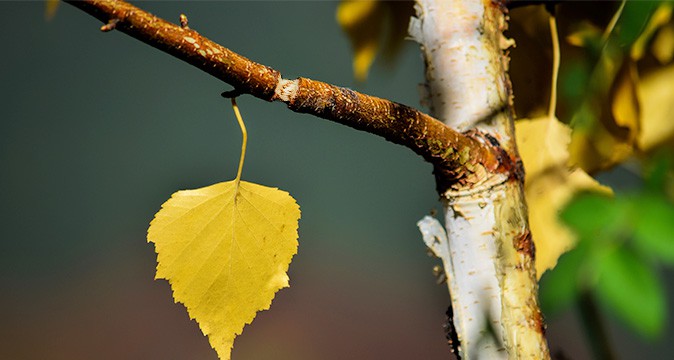
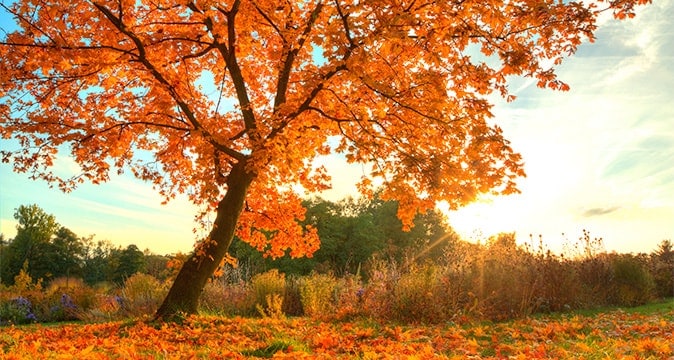






You must be logged in to post a comment.